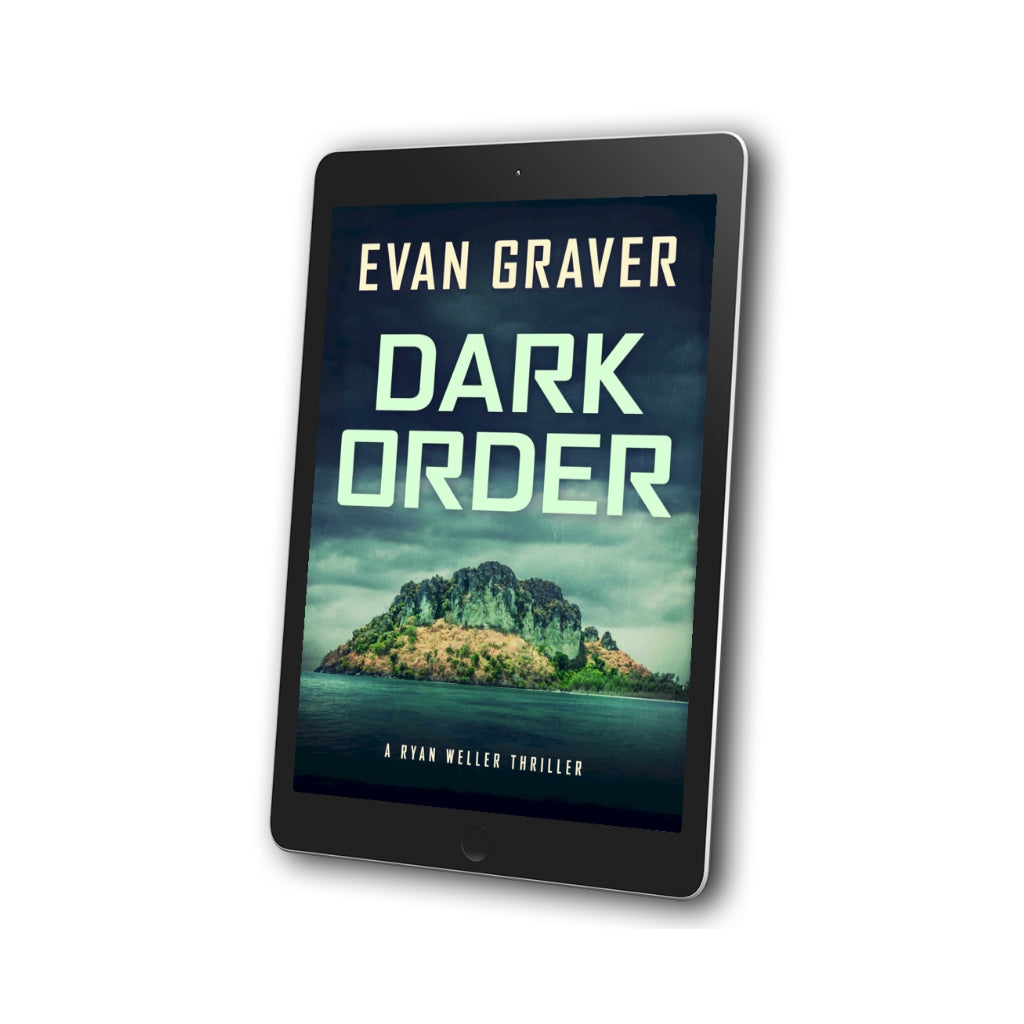13 Dark Order (EBOOK)
13 Dark Order (EBOOK)
Couldn't load pickup availability
Dark Order: A Ryan Weller Thriller Book 13
An island paradise … Hidden Nazi gold … A deadly battleground
When Steve Carlton purchases Big Darby Island in the Exuma Cays so his daughter can build a tropical getaway, he’s faced with one disaster after another. Someone wants him to leave his own island and is willing to do whatever it takes to make him.
Desperate, Carlton turns to Ryan Weller, whose growing reputation as a troubleshooter has garnered more headlines than he’d like. He agrees to exorcise the “ghosts” that haunt Big Darby, but when the former EOD tech arrives, the only person he finds is Carlton’s daughter Diane, a woman hellbent on restoring a neglected house and to starting a new life. She’s not about to be scared off or persuaded to leave, even if it’s for her own good.
The “ghosts” have their own plans—a methodical search for Nazi gold secreted out of Berlin during the closing days of World War II. To find it, they’ll let nothing—or no one—stand in their way. Forced into hunting for the gold, Ryan finds himself trapped between a relentless adversary intent on installing a Fourth Reich and the desire to save a woman he is desperately trying to distance himself from. But in order to save both their lives, he must first play the deadliest game …
Dark Order is the thirteenth book in Evan Graver’s explosive Ryan Weller Thriller Series.
This product is a premium EBOOK compatible with any modern digital app and device:
- Kindle or Kindle App for phones/tablets
- Apple Books
- Google Play Books
- Nook
- Kobo
- Native e-readers on Apple and Android devices
- Microsoft Surface and Tablets of all kinds
- iPads, iPods, iPhones
- Android phones and devices
THIS EBOOK WILL BE DELIVERED INSTANTLY BY EMAIL FROM BOOKFUNNEL.
FAQS: HOW WILL I GET MY eBOOK
FAQS: HOW WILL I GET MY eBOOK
After checkout, your ebook will be sent by email. You will receive a link from Evan Graver in your email and a second email from BookFunnel with a backup link. If you don't see an email from evan@evangraver.com or BookFunnel, please log in to https://my.bookfunnel.com/. All your books will be there!
FAQS: HOW DO I READ MY BOOK?
FAQS: HOW DO I READ MY BOOK?
You can read the ebooks on any ereader (Amazon, Kobo, Nook, your tablet, phone, computer, and/or the BookFunnel app.
READ A SAMPLE
READ A SAMPLE


